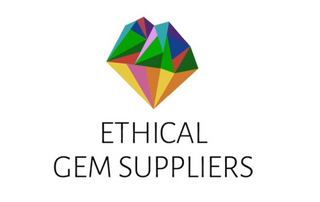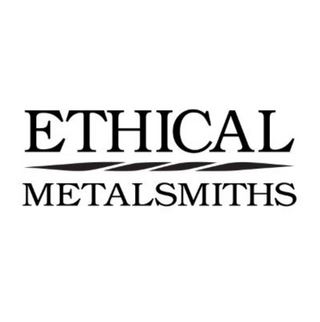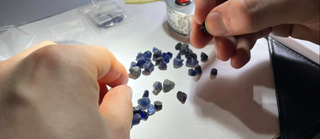
Responsible Sourcing
Making jewelry can be a dirty business, and we don't just mean all the dirt we get on our hands making it. Precious metals, diamonds, and gemstones can come with a diversity of negative environmental impacts, human rights issues, and corruption if you are not careful. That is why as jewelers and metalsmiths, we have a responsibility to work with transparent vendors and apply practices to ensure that our work does not negatively impact the world or the people in it. Learn a little more about the issues we face and how we address them below.
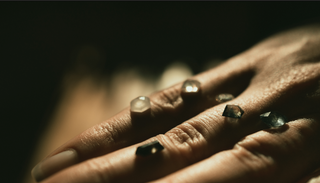
Diamonds and Gemstones
You have likely heard the story of "blood diamonds", which have been used to pay for war and genocide in Sierra Leone, Angola, and the Democratic Republic of Congo. While those social impacts alone should make you think about the source of your stones, there are environmental issues and other negative impacts on local communities with mining gemstones just as there are with metal mining.
It's All About Community
Some people will say that full transparency into stone sources is not possible, but that all depends on who you work with and the level of commitment that each of your partners has to the cause of resonsibility in the jewelry trade. We are lucky to have a community of like-minded individuals with which we work to source unique stones with equally unique stories.
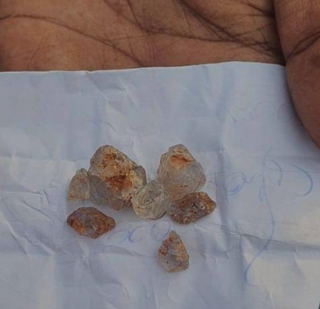
The Stories of the Stones
Every beautiful gemstone was mined and cut by people in unique places across the globe in order for it to get to you. Below are some stories behind these stones.

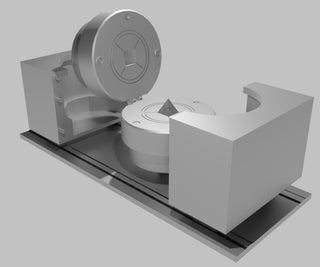
Lab Grown
Lastly, we suggest customers consider lab-grown diamonds and gemstones, which have the same physical, chemical, and optical characteristics as their natural counterparts but are created in labs. However, some lab grown stones also come with problems like pollution and labor issues, so knowledge about the lab and its policies is still important.
Repurpose What You Have
A great option for responsible materials is to reuse what you already have. A piece of jewelry from your family or from your own collection can be given new life when you reuse the stones and/or metal to make something new.
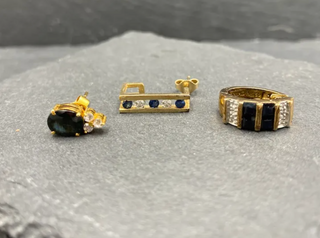
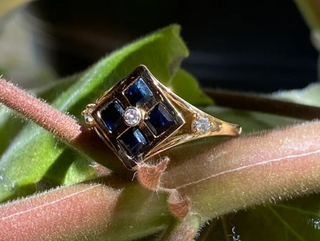

Precious Metals
Gold mining, and mining for all precious metals, often destroys the environment and the communities around the mine.
Environmental impacts include destroying landscapes with strip mines. Those of us in Colorado are usually familiar with this as we have our fair share of strip/open pit mines. In addition to destroying a landscape, mining also leaves behind polluted, toxic land and water.
The impact to communities around mines includes displacement and loss of land, with the strongest negative impacts for women, whose access and rights to land is already tenuous in many countries and cultures were mining is prevalent. Additionally, when mines come in they often take the place of other forms of livelihood and replace them with jobs that are dangerous, underpaid, and rife with human rights abuses.
How We Address These Issues
We work to reduce our dependency on new gold mining and have transparency into the sources for new gold, whenver possible.
Reusing existing gold is an excellent way to have a more sustainable cycle for metals. We do this through working with refiners that offer recycled gold, such as Stuller and Hoover & Strong. Additionally, we regularly work with our clients old jewelry pieces and melt them down to make something new or send them to our refiner for reuse.
Another option is to work with ethically sourced precious metals, such as Fairmined gold.

